Related Research Articles

John James Audubon was a French-American self-trained artist, naturalist, and ornithologist. His combined interests in art and ornithology turned into a plan to make a complete pictorial record of all the bird species of North America. He was notable for his extensive studies documenting all types of American birds and for his detailed illustrations, which depicted the birds in their natural habitats. His major work, a color-plate book titled The Birds of America (1827–1839), is considered one of the finest ornithological works ever completed. Audubon is also known for identifying 25 new species. He is the eponym of the National Audubon Society, and his name adorns a large number of towns, neighborhoods, and streets across the United States. Dozens of scientific names first published by Audubon are still in use by the scientific community.
The National Audubon Society is an American non-profit environmental organization dedicated to conservation of birds and their habitats. Located in the United States and incorporated in 1905, Audubon is one of the oldest of such organizations in the world. There are completely independent Audubon Societies in the United States, which were founded several years earlier such as the Massachusetts Audubon Society, Indiana Audubon Society, and Connecticut Audubon Society. The societies are named for 19th century naturalist John James Audubon.

The American Ornithological Society (AOS) is an ornithological organization based in the United States. The society was formed in October 2016 by the merger of the American Ornithologists' Union (AOU) and the Cooper Ornithological Society. Its members are primarily professional ornithologists, although membership is open to anyone with an interest in birds. The society publishes the two scholarly journals, Ornithology and Ornithological Applications as well as the AOS Checklist of North American Birds. The American Ornithological Society claims the authority to establish standardized English bird names throughout North and South Americas.
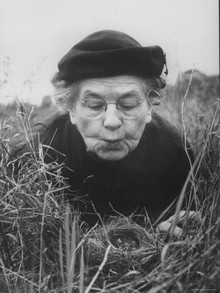
Margaret Morse Nice was an American ornithologist, ethologist, and child psychologist who made an extensive study of the life history of the song sparrow and was author of Studies in the Life History of the Song Sparrow (1937). She observed and recorded hierarchies in chicken about three decades ahead of Thorleif Schjelderup-Ebbe who coined the term "pecking order". After her marriage, she made observations on language learning in her children and wrote numerous research papers.
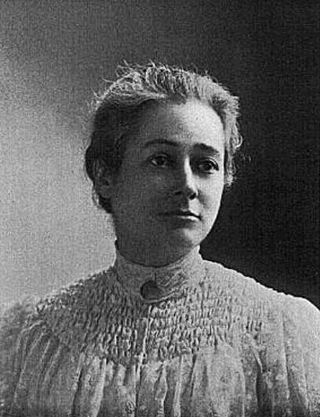
Florence Augusta Merriam Bailey was an American ornithologist, birdwatcher, and nature writer. Between 1890 and 1939, she published a series of field guides on North American bird life. These guides were often written with amateur birdwatchers in mind, leading to the popularity of the birding movement.
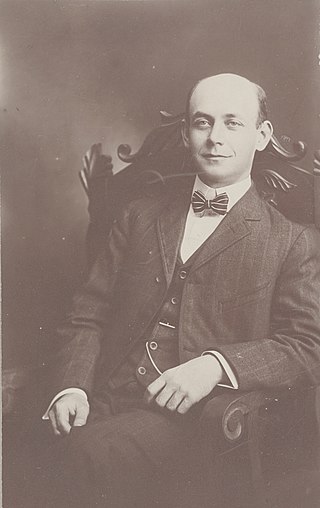
Walter Edmond Clyde Todd was an American ornithologist who worked at the Carnegie Museum. He collected specimens mainly in the arctic zone and was the author of several books.
Andrew John Berger was an American ornithologist from the American Museum of Natural History.

Edward Alexander Bergstrom was an ornithologist, scientific journal editor, and conservationist, doing all of his work in these fields as a volunteer.

Mabel Osgood Wright was an American writer and conservationist. She was an early leader in the Audubon movement who wrote extensively about nature and birds.

Charles Johnson Maynard was an American naturalist and ornithologist born in Newton, Massachusetts. He was a collector, a taxidermist, and an expert on the vocal organs of birds. In addition to birds, he also studied mollusks, moss, gravestones and insects. He lived in the house at 459 Crafts Street in Newton, Massachusetts, built in 1897 and included in the National Register of Historic Places in 1996 as the Charles Maynard House. The Charles Johnson Maynard Award is given out by the Newton Conservators, Inc.
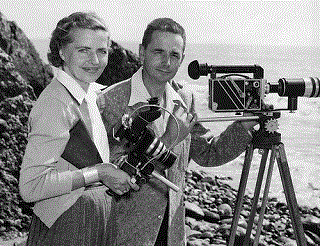
Olin Sewall Pettingill Jr. was an American naturalist, author and filmmaker, president of the Wilson Ornithological Society from 1948 to 1950, a member of the board of directors of the National Audubon Society from 1955 to 1974, and a Life Fellow of the American Ornithologists' Union.
William Leon Dawson (1873–1928) was a noted American ornithologist, author and lecturer.
Jessie Maye Smith, also known as "The Bird Lady of Tarrant County", was a self-taught ornithologist, made famous by a series of newspaper articles entitled "Birds and Watchers" which she published in the Fort Worth Star-Telegram from 1953 to 1975.

Illustrations of the Nests and Eggs of Birds of Ohio is a two volume book of scientific illustrations published by subscription between the years 1879 and 1886. It was conceived by Genevieve Estelle Jones, who began work on the book in 1877 and was initially its principal illustrator. Her childhood friend Eliza Jane Shulze also undertook illustrations for the book. Jones completed five illustrations for the project before her death from Typhoid fever in 1879. The book was then completed by Jones's family.
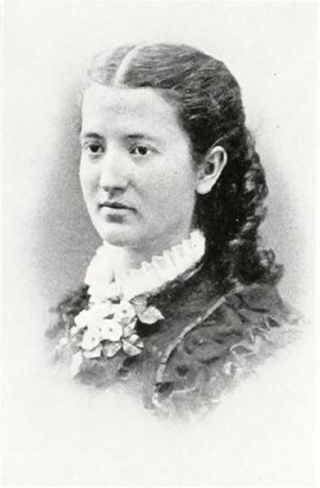
Althea Rosina Sherman was an American illustrator, educator, self-taught ornithologist, and writer who commissioned the building of the "Chimney Swifts' Tower" in Clayton County, Iowa. This structure enabled her to observe and report on the life cycle of chimney swifts, the first to complete such investigations. She published more than 70 articles in scientific and ornithological journals during her career. Sherman was elected as a member of the American Ornithologists' Union and was listed in the third edition of American Men of Science. Additionally, her work as an illustrator, particularly of the American goldfinch, inspired the Iowa General Assembly to adopt the American goldfinch as the Iowa state bird.
Grace Fern Berlin was an American ecologist, ornithologist and historian. She was one of the first women in Ohio to receive a degree in ecology.

Thomas Sadler Roberts was an American physician known for his work in ornithology, bird conservation and for his book The Birds of Minnesota (1932), a comprehensive account on the birds of the Minnesota area. Roberts was an influential educator on birds and their conservation and helped establish the Bell Museum of Natural History. Thomas Sadler Roberts Bird Sanctuary in Minneapolis is named after him. He was among the many ornithologists who saw the last flocks of the passenger pigeon in Minneapolis.
Emma Gertrude Cummings was an American horticulturalist and ornithologist.

Genevieve Estelle Jones was an American amateur naturalist and artist, known as "the other Audubon". Jones was inspired by the work of John James Audubon to illustrate a book identifying nests and eggs of the 130 species of birds that nested in Ohio. She died having completed only five illustrations, and the book, Illustrations of the Nests and Eggs of Birds of Ohio, was published posthumously.

Martha Conger Neblett Hagar, known as Connie Hagar, was an American birdwatcher and naturalist whose observations were valued by professional ornithologists, particularly her early observations of hummingbirds on the Texas coast.
References
- 1 2 3 "Obituary of Jane L. Hine". The Waterloo Press. 1916-02-17. p. 1.
- ↑ Oberlin College (1909). Seventy-Fifth Anniversary General catalogue of Oberlin college, 1833 [-] 1908. University of California Libraries. Oberlin, O., Oberlin College. p. 121.
- 1 2 Indiana Historical Bureau (2023). "Jane L. (Brooks) Hine". Indiana Historical Bureau: Indiana Historical Markers by County.
- 1 2 3 4 Simins, Jill Weiss (2023-05-22). ""If Even a Sparrow Should Fall:" The Conservation Work of Ornithologist Jane L. Hine". The Indiana History Blog.
- ↑ Butler, Amos William (1892). The Birds of Indiana: With Illustrations of Many of the Species : Prepared for the Indiana Horticultural Society and Originally Published in Its Transactions for 1890. Indiana Horticultural Society.
- ↑ Resources, Indiana Department of Geology and Natural (1897). Annual Report. The Department.
- ↑ "The Men of Science". Indianapolis News. August 21, 1890. p. 1.
- ↑ "Our Indiana Bird Law". The Waterloo Press. November 24, 1904. p. 1.
- ↑ Farmers' Guide. 1902.
- ↑ "Farmers' Institute". The Waterloo Press. March 5, 1891. p. 1.
- ↑ Gorney, Terri (August 2017). "Jane Brooks Hine: An Indiana Bird Woman" (PDF). Indiana Audubon Quarterly. pp. 15–19.
- ↑ "State historic marker to be dedicated in Waterloo". KPCNews. 2023-10-17.